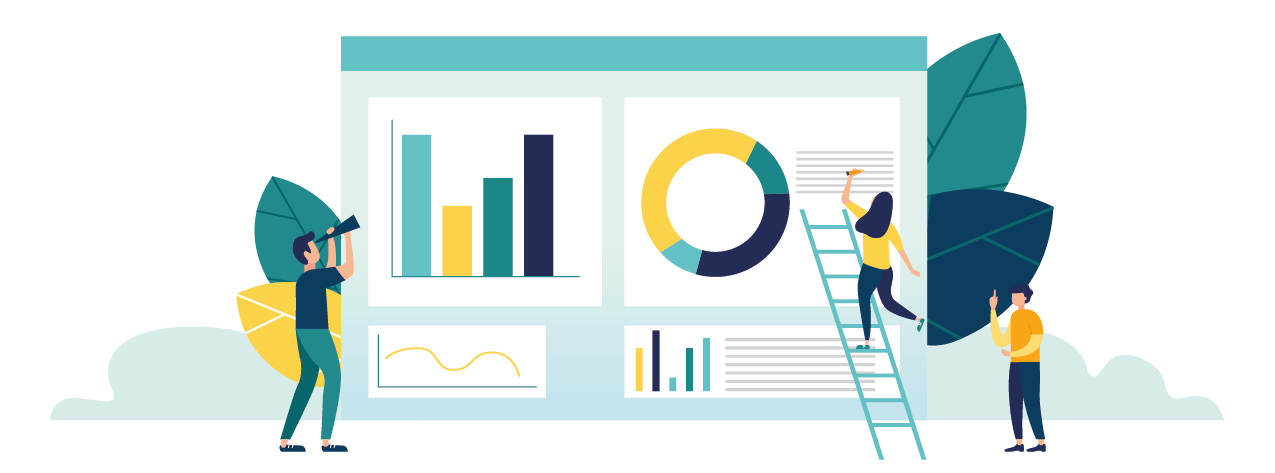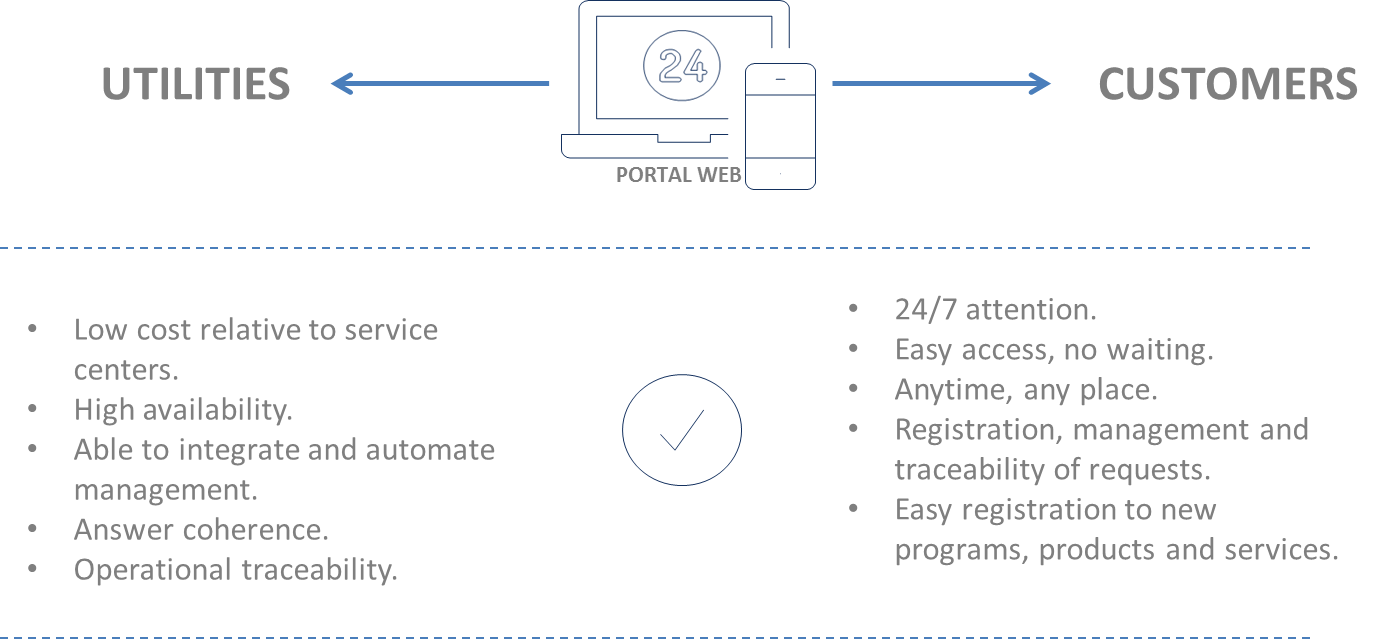In today’s market, self-service is an ever-increasing trend, forcing utilities to have robust self-service portals that can bring multiple services and valuable information to customers.

In this new era of digital transformation, outdated customer relationship management models are evolving at a rapid pace. Nowadays, utility companies are pressured to provide their customers with new service channels through different digital tools that allow them to interact and manage their relationship with service providers. In fact, 70% of customers expect their utility company’s website to include a self-service application(1). For these businesses, creating self-service portals (SSP) is a top priority and offers many benefits such as process simplification, operational cost reduction, and CSR time-saving. With an online service request functionality, customers also receive a variety of benefits, including autonomy, 24/7 access, and also time-saving.
Speed up interactions and communications with your customers
Smartflex has a 24/7 self-service portal that allows utility customers to visualize information and historical data about their profile, accounts, products, and payments. Thanks to an intuitive graphical interface, customers can also see their current usage and compare it to historical data, as well as communicating with the utility company through its built-in chat. Our portal also allows customers to make requests, pay bills, start and stop services, and enroll in many programs such as rebates, pledges, donations, payment plans, automatic bill payment, paperless billing, and budget billing.
is the best way for utilities to automate processes and manage on-line customer requests, allowing human interaction for those non-automatable processes that require extra analysis by other employees.
By 2020, customers will manage 85% of their relationship with the enterprise without interacting with a human2
Give your customers all the information they need on one platform
Due to native integration with our CIS solution, our multi-language self-service portal gives customers all the information they need in a single, up-to-date, and custom web application. In addition, customers can also subscribe to receive alerts and notifications about service outages, programs, and news.
Flexibly manage and personalize the SSP
To achieve an excellent customer service experience, Smartflex also offers a portal for administrative type users, where they can visualize statistics about the self-service portal and customize its information. It also allows the user to decide which processes to display, such as rebates, programs, surveys, graphics, and notification templates.
Among all customer service digital channels, self-management options offer the best value to both utility companies and their customers. Portals focus on empowering customers so they can manage their services on their own, and as a result, improve their relationship with their provider. With the increase in the use of these channels, utility companies must find a way to provide self-service portals to meet their customers’ expectations. Smartflex helps companies to digitally service customers, reduce service center costs and, at the same time, improve sales, post-sales, and customer service availability.
 Figure 1. Self-service portal benefits.
Figure 1. Self-service portal benefits.




